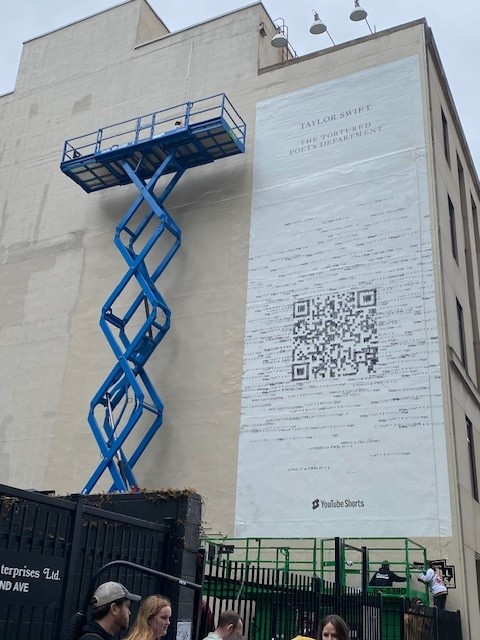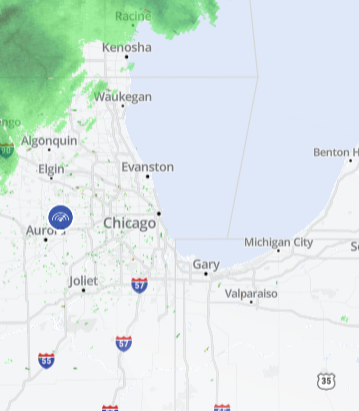While the omicron variant was the dominant COVID-19 strain earlier this year, the BA.2 subvariant, also known as "stealth omicron," now accounts for the majority of coronavirus cases in the U.S.
According to the latest data from the CDC, the estimated number of cases linked to the BA.2 subvariant was said to be at 68%, which was actually a decrease from a week prior. Cases of the BA.2.12.1 subvariant, BA.2's own subvariant, rose 9% in the U.S. over a week-long period, as shown by CDC estimates.
BA.2.12.1 accounts for 28.7% of COVID cases across the country, data revealed.
Cases of the BA.1.1 variant, the original omicron variant that spread like wildfire over the winter, are now down to 2.8%, according to CDC estimates.
Feeling out of the loop? We'll catch you up on the Chicago news you need to know. Sign up for the weekly Chicago Catch-Up newsletter here.
The rise of the omicron subvariants is coinciding with an increase in metrics for Illinois, which has seen an uptick in both cases and hospitalizations in recent days, according to data from the state department of public health.
With the spread of the subvariants continuing to climb, what symptoms should you be watching for?
Northwestern's Dr. Michael Angarone, an associate professor of medicine in infectious diseases, previously said explained symptoms for BA.2 are similar to those seen in many COVID infections.
NBC News reported symptoms associated with BA.2 seem to largely mirror a small number of symptoms commonly reported in omicron infections. Those include:
- Cough
- Fatigue
- Congestion
- Runny Nose
At this point, the key difference between the newer versions of omicron and the one that previously rocketed through the U.S. is transmissibility.
Local
The White House’s chief medical adviser, Dr. Anthony Fauci, has estimated that BA.2 is 50 percent more transmissible than the original omicron lineage.
For some people, coronavirus causes mild or moderate symptoms that clear up in a couple weeks. For others, it may cause no symptoms at all. For some, the virus can cause more severe illness, including pneumonia and death.
For those who've been vaccinated and boosted, the cold-like symptoms experienced following an omicron infection are mostly the same regardless of the subvariant.
"The omicron symptoms have been pretty consistent. There's less incidence of people losing their sense of taste and smell. In a lot of ways, it's a bad cold, a lot of respiratory symptoms, stuffy nose, coughing, body aches and fatigue," said Dr. Dennis Cunningham, the system medical director of infection control and prevention at Henry Ford Health in Detroit.
Experts generally agree that the public shouldn’t worry too much about the emergence of each omicron subvariant.
"At some point, you just can’t get nervous every time there's a new variant, because there’s always going to be a new variant," stated David Montefiori, a professor at the Human Vaccine Institute at Duke University Medical Center. "We've been through multiple waves of variants that really mattered a lot, but we might be coming out of that because there's so much immunity built up in the population."



